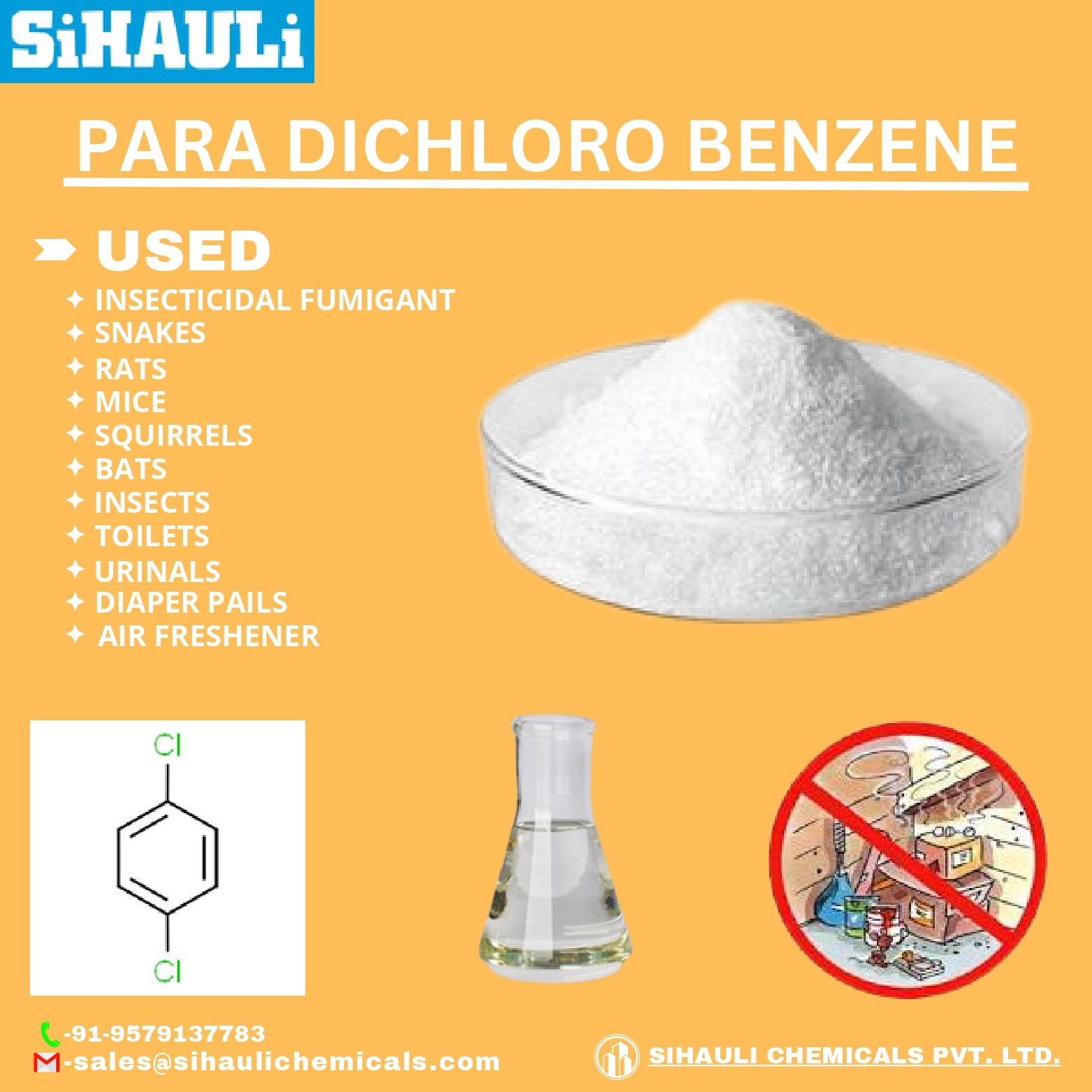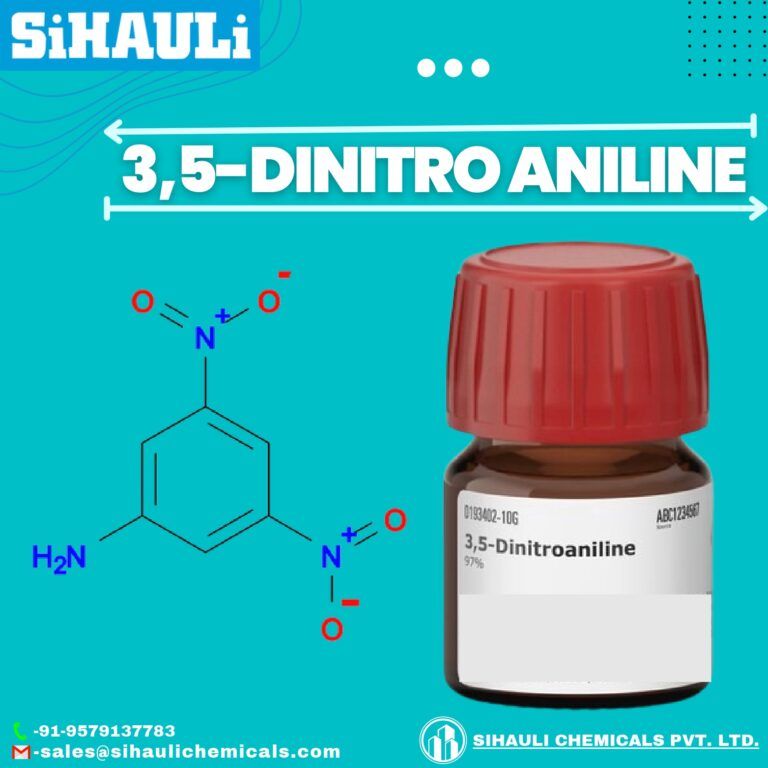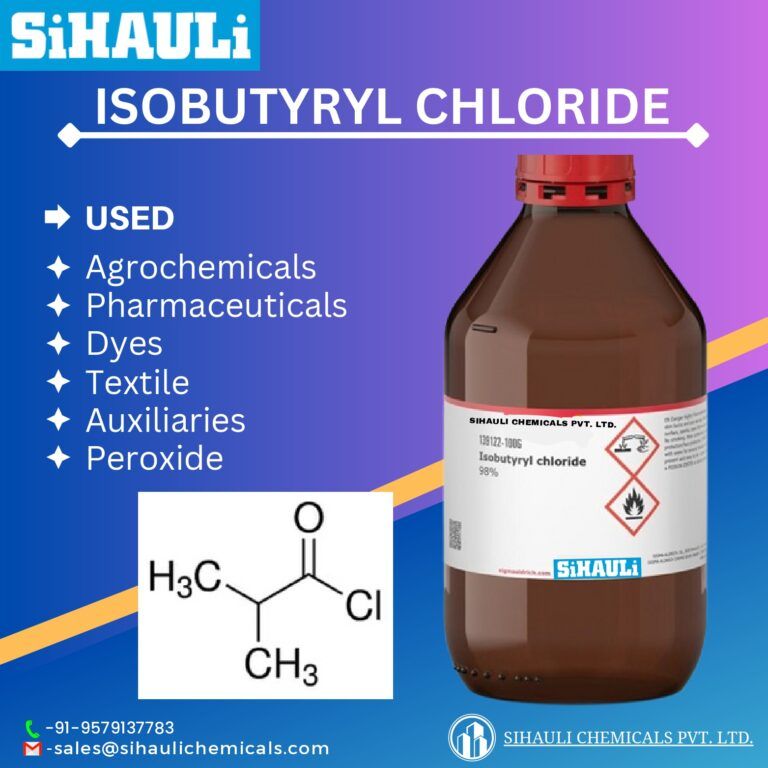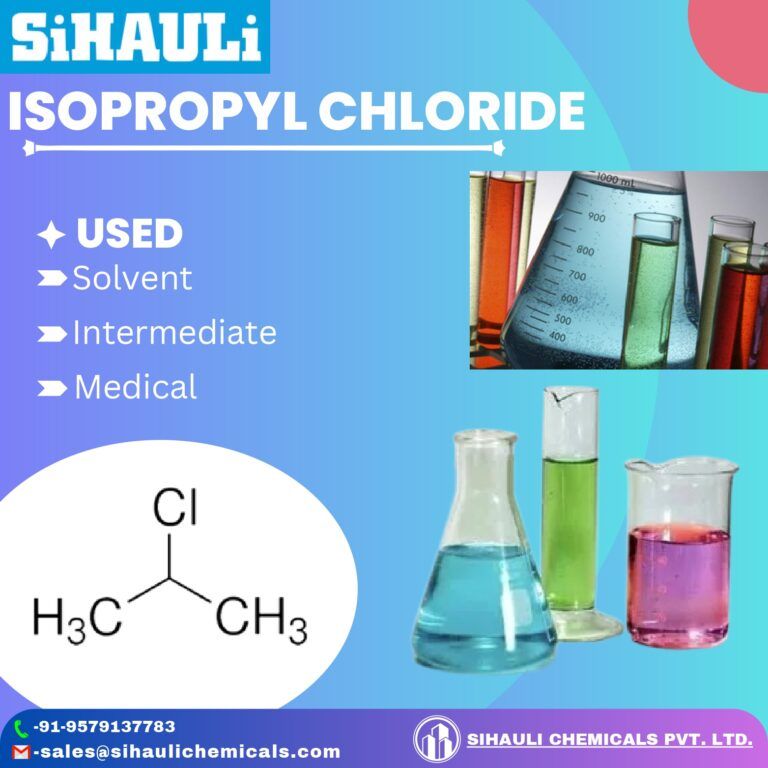Paradichlorobenzene is an organic compound which is used as disinfectant, pesticide, and deodorant. It is also used to make mothballs as a less flammable substitute of naphthalene. Exposure to this chemical substance can cause nausea, vomiting, dizziness, fatigue, and headaches.
Paradichlorobenzene is a chlorinated fragrant hydrocarbon. This fumigant repellent and insecticide is suitable for controlling cloth moths. Para dichlorobenzene is also used in different deodorant slabs manufactured for toilets and refuse cans. So, what is paradichlorobenzene exactly? It is also known as 1, 4-dichlorobenzene. In the United States, it was registered for the very first time in 1942.
According to the World Health Organization, Paradichlorobenzene is carcinogenic, which means it has the possibility of causing cancer in humans. While children might be specifically sensitive to this compound in comparison to the adults. Currently, no data is suggesting increased Paradichlorobenzene Sensitivity in children. It is also worth noting that Paradichlorobenzene does not have any effect on the environment. This is because it quickly transforms into vapour if it gets into the atmosphere.
What is Para Dichlorobenzene in a More Detailed Form?
Para Dichlorobenzene transforms from solid to gas directly, and this entire procedure is known as sublimation. Target organisms of this aromatic compound are insects, mould and mildews. However, it is to be noted that ParaDichlorobenzene can be toxic as well. It is majorly used in pesticide products but is available in airtight bottles or containers to avoid toxicity.
Para Dichlorobenzene forms several azeotropic blends. Its other popular names are para crystals, paracide and 1 4-dichlorobenzene. Major concentrations of 1, 4-dichlorobenzene are given out in the general atmosphere and are present in the form of vapour. Para Dichlorobenzene does not appear naturally.
The Right Paradichlorobenzene Definition will be:
“A crystalline compound in white (C6H4Cl2) made through the chlorination of benzene and specifically used in the form of a deodorizer and moth repellent.”
Paradichlorobenzene Uses
Some of the most widespread uses of Paradichlorobenzene Include:
- You can use it in the form of a space deodorizer for refuse containers and toilets. Paradichlorobenzene is also used as a fumigant for controlling mildews, moths and moulds.
- You can even use Paradichlorobenzene for controlling different tree-boring ants and insects. The compound is also suitable for controlling blue mould in tobacco seedbeds.
- Paradichlorobenzene, when used in the form of a disintegrating paste works fine in moulding stoneware and concrete. It can even be used as a lubricant and in manufacturing pharmaceuticals, dyes and plastics.
The structure of Paradichlorobenzene is C6H4Cl2. What is the melting point of Paradichlorobenzene? It is 53.1 degrees C. now, here the question arises, why the melting point of Paradichlorobenzene is higher in comparison to O dichlorobenzene. The answer to this question is because Paradichlorobenzene happens to be more symmetrical in comparison to m and o isomers; hence it fits closely in any crystal lattice than is the case with m and o isomers. It is only because of this reason that extra energy is needed for breaking Paradichlorobenzene crystal lattice. And this is the main reason why the melting point of Paradichlorobenzene is higher than m and o isomers.
Physical Properties of Para Dichlorobenzene – C6H4Cl2
The physical properties of Para Dichlorobenzene are:
- Mothball-lie odour
- White liquid appearance
- Water solubility: 0.08g/L (80 mg/L) at 25 degree C
- Vapour pressure: 1.3 mmHg
- Gravity: 1.24 g/mL
Chemical Properties of Para Dichlorobenzene – C6H4Cl2
The chemical properties of Para Dichlorobenzene are:
- When chlorinated, Paradichlorobenzene principally yields 1, 2, 4-trichlorobenzene. Paradichlorobenzene can even be sulfonated or nitrated, but the products gained, so do not have any technical significance.
- The products formed from Paradichlorobenzene reaction with OH radicals or ozone in the environment are ring cleavage elements, nitro compounds and chlorinated phenols.
The manufacturers generally emphasize the production of dichlorobenzene or more largely chlorinated derivatives. But generally have the potential of producing only those derivatives that are in huge demand.
Understanding the Different Products Containing Paradichlorobenzene
Different varieties of mothballs contain Paradichlorobenzene. These are solids and can transform into toxic gases that help in killing moths. Paradichlorobenzene vapour is highly toxic for ants and insects. The compound breaks down in the body of an animal or a human to form various other compounds that might harm the organs or the cells. The liver is one of the most affected organs if Paradichlorobenzene happens to enter the human or animal body.
Paradichlorobenzene Exposure
Any individual or animal can be exposed to Paradichlorobenzene if they happen to breathe it in or get in contact with it through the skin. Individuals and animals can even drink and eat something containing Paradichlorobenzene accidentally. This generally happens when they get something on their hands and do not wash them before smoking or eating. Human beings have the major risk of being exposed to Paradichlorobenzene by breathing in its vapours. Smelling mothballs means inhaling the pesticide. Pets and small children might be at the risk of consuming mothballs mainly because they appear as candies and treats.




